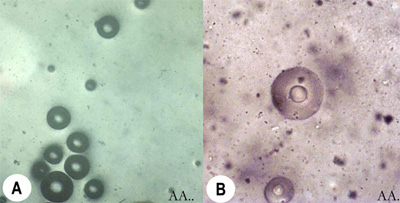Avian Mycoplasma gallisepticum and Mycoplasma synoviae: Advances in diagnosis and control
Authors: Abdelrahman A. Abdelrahman, Salama A. S. Shany, Mansy A. A. Dardeer, Kareem E. Hassan, Ali A. and Magdy F. El-Kady
Ger. J. Vet. Res
2021.
vol. 1, Iss. 2
pp:46-55
Doi: https://doi.org/10.51585/gjvr.2021.2.0019

Abstract:
Both Mycoplasma gallisepticum (MG) and Mycoplasma synoviae (MS) infections are the most common mycoplasma infection in domestic poultry. The disease is associated with economic losses in poultry. MG and MS are commonly spread within chicken (Gallus gallus domesticus) and turkey (Meleagris gallopavo domesticus) flocks; however, they are frequently isolated from quails (Coturnix coturnix) and several avian species. Diagnosis of MG or MS infections is confirmed by isolating the organism in a cell-free medium or directly detecting its DNA in infected tissues or swab samples. Serological tests are also widely used for diagnosis. However, advances in molecular biology represented a rapid and sensitive alternative to the traditional culture methods requiring specialized techniques and sophisticated reagents. Several mycoplasma molecular diagnostic tests are implemented, including polymerase chain reaction (PCR), Random Amplified Polymorphic DNA (RAPD), arbitrary primed polymerase chain reactions (AP-PCR), and Multiplex real-time polymerase chain reaction. Current control practices against mycoplasma infection include intense biosecurity, medication, and vaccination. However, the egg-borne nature of avian mycoplasma infection complicates controlling the infection. This review focuses on the advances in diagnosis and control of avian mycoplasma infection, especially MG and MS infections.
Keywords:
Mycoplasma gallisepticum, Mycoplasma synoviae, Chickens, Turkeys, Diagnosis, Vaccination
Statistics:
Article Views: 4087
PDF Download: 147